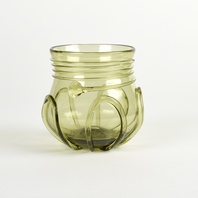
Viking Objects
Reproduction Drinking Glass
A green glass drinking vessel based on one found at Birka and similar to fragments found at St Peter’s Street, Northampton.
Read More
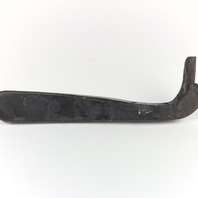
Viking Objects
Reproduction Iron Key
An iron key based on an original found in Grave 511 at Repton, Derbyshire. Iron keys were not only practical items but also symbols of status. Women were often given keys to the families chests of valuables. They also are often buried with keys, representing their authority in the household.
Read More
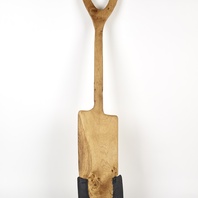
Viking Objects
Reproduction Spade
Spades would have had metal shoes to aid with cutting the ground when digging.
Read More
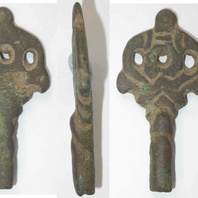
Viking Objects
Decorated Key (DENO-4259B3)
This cast copper-alloy key handle is decorated with Scandinavian-influenced designs reminiscent of the Urnes style of Viking art. Keys were not only practical items but also symbols of status. Women often carried the keys to the family’s chests of valuables. They also are often buried with keys, representing their authority in the household. See also the blog post on keys in the Viking Age.
Read More
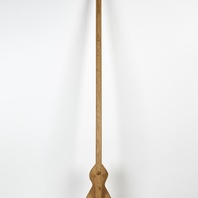
Viking Objects
Reproduction Shovel
A reproduction wooden shovel based on fragments found at York.
Read More
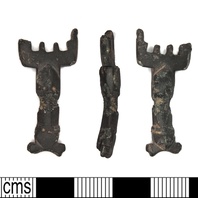
Viking Objects
Anglo-Scandinavian Key (LEIC-76C229)
Slide keys such as this example are generally known as ‘Viking keys’ due to similarities in shape with excavated examples. However, its T-shaped projections at the base have no identified parallels but the design could possibly show Anglo-Scandinavian influence. Keys were not only practical items but also symbols of status. Women often carried the keys to the family’s chests of valuables. They are also often buried with keys, representing their authority in the household. See also the blog post on keys in the Viking Age.
Read More
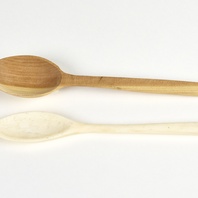
Viking Objects
Reproduction Wooden and Bone Spoons
Most ordinary people in the Viking Age would have used spoons made of bone or wood. These are typical examples of the types of spoons that people would have had. Wealthier people would have had copper alloy or silver spoons.
Read More
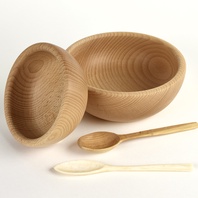
Viking Objects
Reproduction Wooden Bowls
Many everyday utensils would have been made from bone or wood. These photographs feature examples of wooden bowls.
Read More
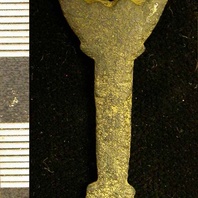
Viking Objects
Copper-Alloy Key (LEIC-931912)
Slide keys such as this example are generally known as ‘Viking keys’ due to similarities in shape with excavated examples. However, its T-shaped projections at the base have no identified parallels but the design could possibly show Anglo-Scandinavian influence. Keys were not only practical items but also symbols of status. Women often carried the keys to the family’s chests of valuables. They also are often buried with keys, representing their authority in the household. See also the blog post on keys in the Viking Age.
Read More
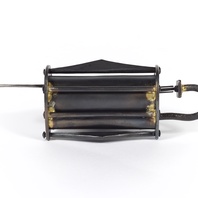
Viking Objects
Reproduction Iron Padlock
Complex metal locks such as this one would have been expensive to manufacture and thus were, generally, used to protect one’s most valuable possessions.
